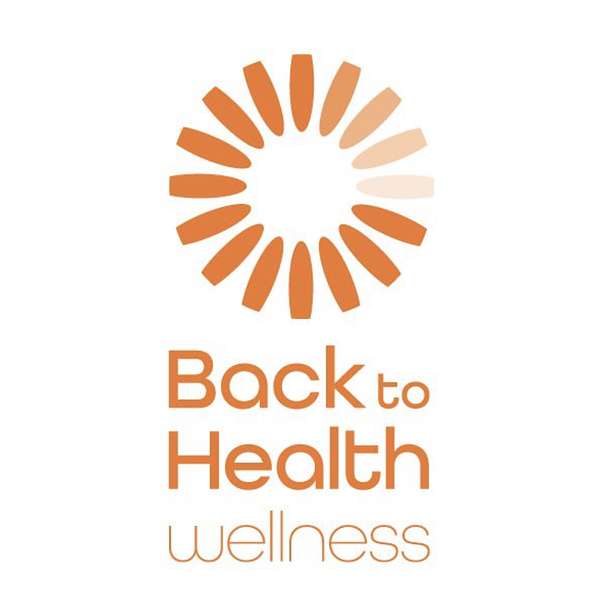
Back To Health Wellness's Thought For The Day
Thoughts become things. Gain valuable insights from our thoughts on how to improve and maintain good spinal health and general wellbeing! We share valuable tips to help you start and end your day right always!
Back To Health Wellness's Thought For The Day
All Chained Up
All chained up -
Our body is a system of chain links, whereby energy or force is generated by one part of the body, and then transferred successively to another part. Like For example, the upper and lower body in the motion of walking.
We have three primary chains.
1. the kinetic, 2. the spiral and 3. the vertical.
The Kinetic chain, governs movement, and is simply the chain which propels us forward and backwards. The most powerful of the chains. The big front muscles of the chest and abdomen and strong muscles in the lower back, buttocks and thighs, exemplifies this.
The Spiral chain on the other hand, focuses on stabilising the body during such movements.
Muscles of the front of the body in the spiral chain include the serratus anterior, internal and external obliques, Tensor fascia lata (known as the TFL), and the lower leg muscles of the tibialis anterior and the peroneal groups.
The spiral chain of the back of the body include, the erector spinae (main back of spine muscles) the thoracolumbar fascia (a band of tissue connecting the upper back to the lower back), the rhomboids (inner shoulder blades) and the splenius capitis (a muscle which attaches to our skull).
Without the muscles listed above, we would not be able to keep our trunk steady.
Finally, the third and possibly the most important, - the vertical chain. This chain, functions by stabilising the body at rest. Muscles involved include, the calf muscles, the hamstrings, the hip flexors, the quadratus lumborum and the erector spinae (which you already know as the back of spine muscles)
Without this chain, we would collapse to one side.
Over time, our chains can be affected by external factors like our working environment or any environment for that matter, especially those that become habitual.
An example being, how we sit or sleep.
Now have you Ever wondered why your lower back is so stiff in the morning? You could argue that the vertical chain is mainly responsible for this. Especially if it takes 15-30 mins to get moving, as the kinetic and spiral chains need warming up.
As a consequence, Muscles within the spiral chains are often weak and need strengthening, whereas muscles of the vertical chain are are often tight and need stretching.
For example take the work desk environment.
As we sit, our body can succumb to gravity, the weight of the body and the sitting position we adopt, which cause weakness in the movers and stabilisers of our body if not corrected, prompting our vertical chain to take up the slack.
A perfect example is the role of the hip flexors as we sit. The hip flexors should primarily serve
as a stabiliser of the lower back. However, through prolonged sitting, they often become weak, which then exposes the lower spine to more stress, thus making it more vulnerable to developing lower backpain, hip pain, and possibly long term damage.
Ultimately, How we look after our body within our environments, will determine whether we stay strong or not, As like most chains, they can be loosened or tightened.
This is where focused strengthening and stretching of the muscles and joints in our body to suit our environments, will go a long way to ensure our chains remain well balanced.